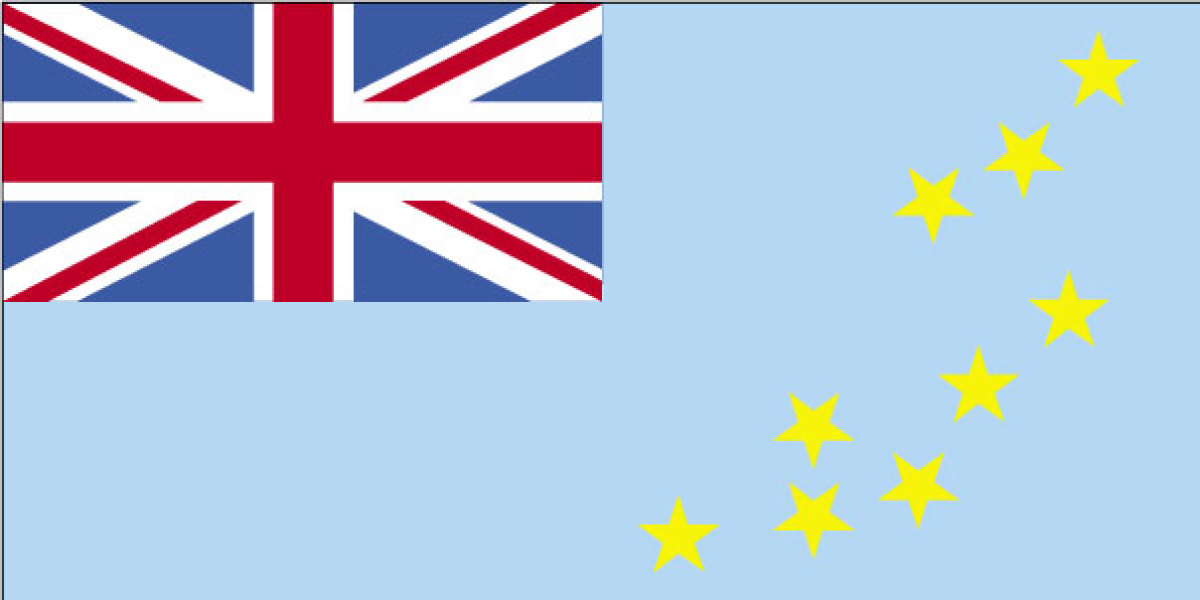Tuvalu Flag

Flag History
The flag of Tuvalu was adopted on October 1, 1978, when the country gained independence from the United Kingdom. The flag design was chosen from a national competition, which was won by a 12-year-old girl named Fauono Elsie Ioane, who was a student at a primary school in the capital, Funafuti.
Flag Date of Adoption
1 October 1978
Flag Symbolism
The flag of Tuvalu features nine stars that represent the nine islands that make up the country. The stars are arranged in a pattern that represents the constellation of the Southern Cross, which is an important symbol for many countries in the southern hemisphere.The background of the flag is light blue, which represents the ocean that surrounds Tuvalu. The Union Jack, which represents the country's historical ties to the United Kingdom, is located in the upper left-hand corner of the flag.
The flag has remained unchanged since its adoption in 1978, and it is widely recognized as a symbol of Tuvalu's national identity and sovereignty.
Tuvalu National Anthem
| Anthem Lyrics |
"Tuvalu mo te Atua" |
| Anthem Lyrics English |
"Tuvalu for the Almighty" |
